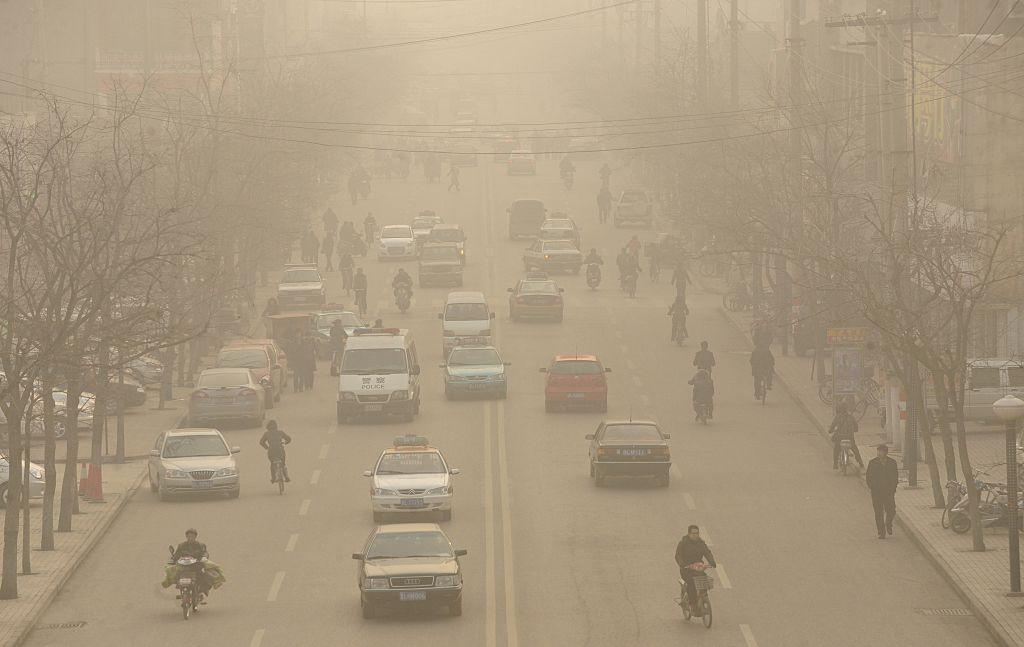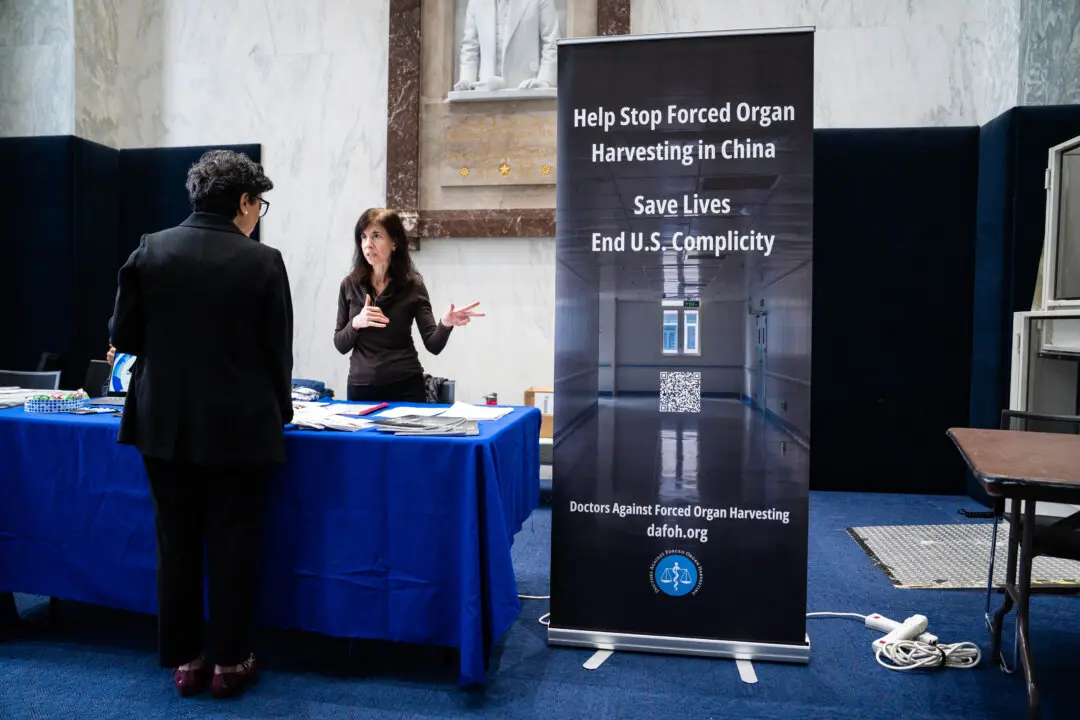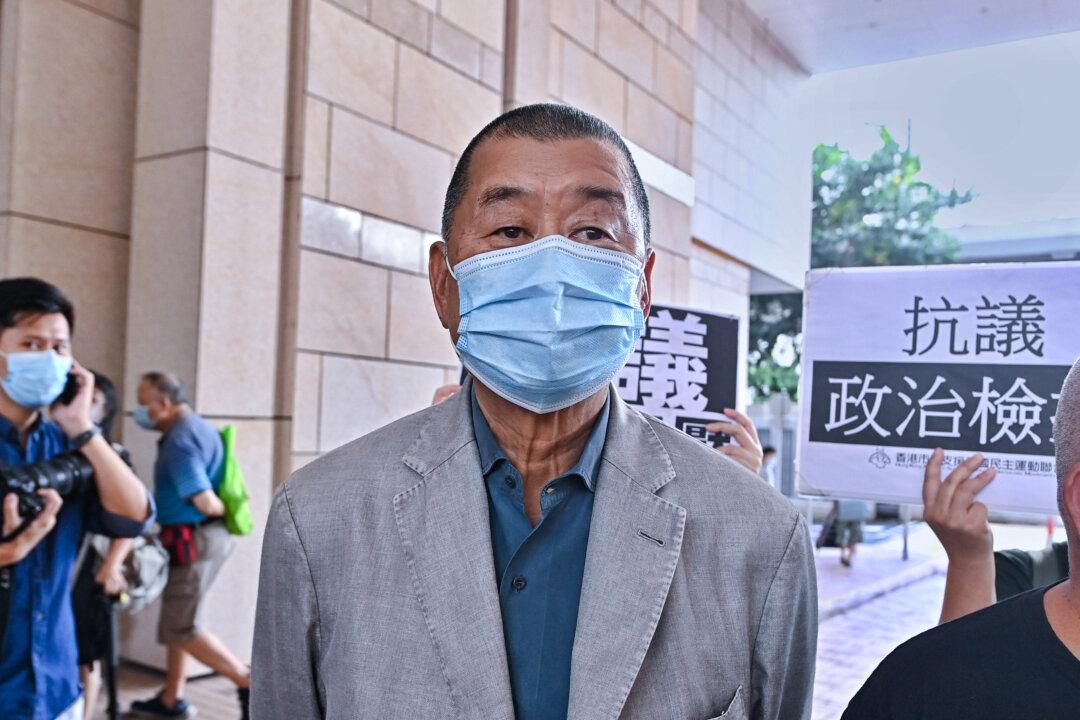In recent years, Beijing has placed top priority on reducing smog and air pollution. Officials are rewarded if pollution is reduced in their jurisdiction, usually with promotions up the political ladder.
A recent national political meeting by the Chinese Communist Party, however, reveals that purported achievements in air quality improvement could be fake, as Chinese officials have been found tampering with the equipment for collecting environmental data.





